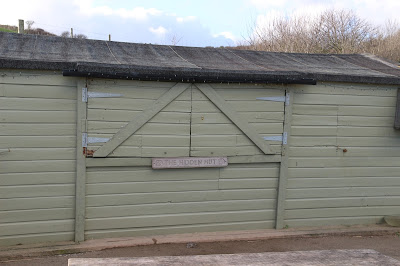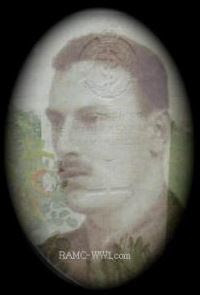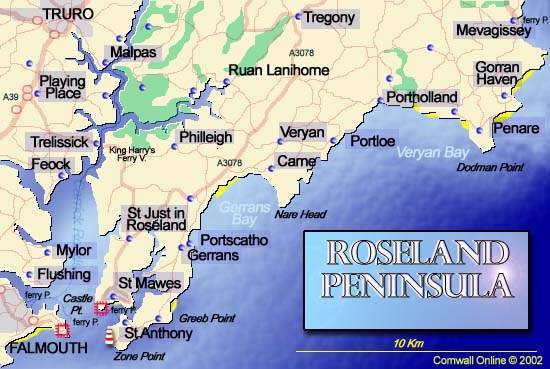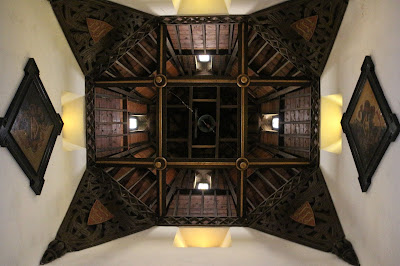
The production, sponsored by Quaker Concern for the Abolition of Torture, was a two-hander, written and performed by Lynn and David Morris. In eleven short sequences, based on actual transcripts or verbal accounts, they took us through various aspects of torture. And at the same time, reminded us of Article 2 of the Universal Declaration of Human Rights: No one shall be subjected to torture or to cruel, inhuman or degrading treatment or punishment. It was not sensationalist but matter-of-fact, stomach-churning and thought provoking. If it comes your way, take time to go and see it. You'll come away ashamed at our governments complicity in many countries. You'll also come away better informed and better able to engage with the proponents of torture.
Speaking of whom, one interesting snippet they passed on to us was the fact that, since the elevation of Donald Trump, calls for them to perform their 'show' have exceeded anything they've had in the past. And I find that both heartening and incredibly sad.




















































